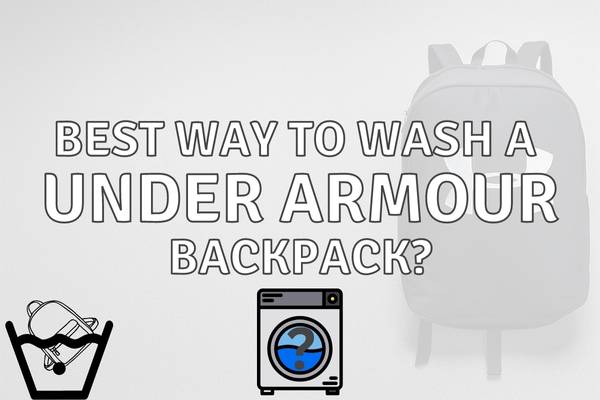Clams are probably one the best saltwater aquarium pets you can get if you are living a busy and active lifestyle. They don’t require any cleaning and attention so long as they are in an ideal tank environment. Feeding them is also much convenient with proper knowledge and food choices.
Some of the common foods that clams eat in a reef tank are a variety of live planktons like zooplankton and phytoplankton. Planktons are high in long-chain fatty acids that are great for boosting the health and growth of clams like tridacna clams and planktivores.
However, just like any animal, clams need sufficient nutrition to stay healthy and grow. Clams often live off the products of photosynthetic creatures in their environment but aquarium clams may still require supplemental feeding depending on your exact setup, hours of light exposure, filter type etc.
If you are new to feeding clams, here are some frequently asked questions that can help you out
Contents
What do Clams Eat in a Reef Tank?
Clam and reef tank owners have a variety of food options for clams. Although clams may have different sustenance requirements depending on their age and other conditions, generally, they eat the same food regardless of what aquarium environment they are in.
For reef tank owners who have a hard time getting their hands on live planktons, you can opt for frozen coral foods that are mostly available in pet stores.
These frozen coral foods include diced small fish, frozen planktons, shrimp, krill, and others.
They also go by the name octopus food. For a more convenient option, you can also simply buy fresh shrimps and scallops at the groceries and blend them together.
Some aquarists don’t feed their clams at all. This is a more acceptable practice if the clams are already mature and are under desirable lighting conditions.
These contribute to the clams’ zooxanthellae sufficiency to keep their nutrition at a sustainable level so there’s no need to feed them.
However, take note that this case can’t be applicable for low-bioload tanks.
Bio-load refers to the amount of organic matter floating around in the water e.g. fish food leftovers, algae, and plankton.
The bio-load is generally higher if you have many animals and plants or a stronger light source in your aquarium. The number of particles accessible to clams will also be higher if your water filter is has a larger pore size (is courser).
If you have a low bio-load tank, it is advisable to still feed the clams once or twice a week.
If the clam is new to the tank, regular feeding may be necessary. Clams that are just taken from the sea and placed into an aquarium need more attention as the difference in light composition can affect the clam’s food supply.
Aside from what food to give to clams, it also matters how often you feed them. Underfeeding clams may result in stagnant growth and poor health while overfeeding can result in frequent vomiting, gassiness, or choking.
What about baby clams?
Baby clams or small clams which are 1-2 inch clams require daily feeding since they still lack efficiency in producing nutrition from photosynthesis.
These clams are usually cheaper but they require more care so make sure to have some time in your day to feed them. Saltwater clams like Tridacna and Crocea clams less than 4″ long need supplemental feeding twice a week to help with their growth.
Larger clams, on the other hand, won’t need regular feeding as long as they have adequate lighting. When the clam reaches 4″ and above long, you can lessen the frequency of feeding them or not feed them at all.
Are clams reef safe?
Yes. Clams are definitely reef safe and can be added in both saltwater and other aquarium types.
They are great tank inhabitants for both beginner and advanced reef aquarists as they are less demanding compared to other water species. They add more natural and aesthetic components to the tank and offer biological benefits. They also contribute to the biological diversity in the tank.
More importantly, clams act as natural filters and filter out microorganisms, which will benefit the water quality of your aquarium.
Their filtration capabilities contribute to higher stability and nutrient control in various aquarium systems. Low nutrient control can cause an excess of nutrients that leads to poor water conditions and can cause health issues to the aquarium inhabitants.

Do Clams Eat Reef Roids?
Yes. Clams can eat Reef Roids just like other aquarium pets. Reef Roids are high in nutrients and will surely provide good growth for your clams.
While Reef Roids are optimized for corals, they are ideal for a reef tank containing mussels and clams as well.
Do Clams Eat Sand?
No. This is a common misconception with clams as we often see sand inside the clams on the beach and other marine areas. The reason why clams have sand in them is that they live buried in sand or mud. Because they are buried in them, they can easily trap sand and grit.
Do Clams Eat Snails?
No. Clams don’t eat snails however there are some snail species that can eat clams. Some of these snail species are the moon snail and oyster drills. These snails can even eat crabs if given the chance!
Do Clams Eat Other Clams?
No. Clams can’t eat other clams, nor other whole animals. However, they are capable of eating decompositions of dead marine animals.
Sum up
In captivity, clams will eat mostly algae, plankton, and the food leftovers fed to other animals in the enclosure. Depending on your light source and how much of the food particles your filtration systems remove from the water, you may need to feed your clams extra.
While clams are known to be low-maintenance pets that can thrive in most fish tank types, they still need care and attention from time to time and their exact dietary needs depend on the species of clam.




